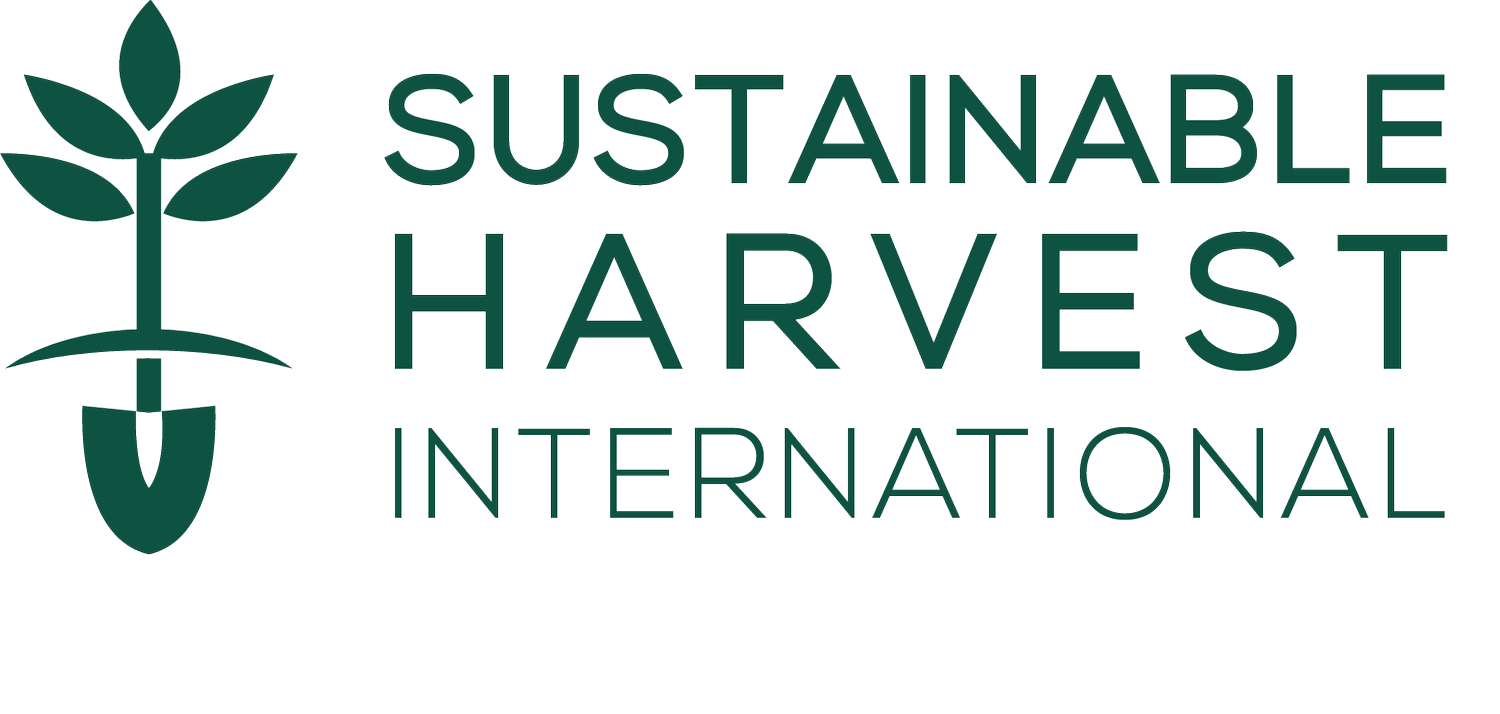Rosa’s father left his legacy in the grove of threatened trees on their family farm. Now, these special trees are playing a vital role in reforestation efforts. Don't miss a single installment of our Changing Lives, Transforming Landscapes series!
Rosa Perez stands in her preserve of tatascán trees in El Pito, Honduras. - photo by Elliott Powell
EL PITO, Honduras – The view outside Rosa Perez’s front door is changing. Pine forests that once dominated this mountainous region are dying at a rapid rate due to pine beetle infestations. The beetles, which once played a vital role in forest development by attacking older trees, are enjoying a population burst brought on by warming temperatures. Now, the view from Rosa’s house is dotted with large gray sections of dead pine trees.
Rosa’s property itself isn’t as impacted by the beetle infestation, however. Surrounded by rare tatascán trees, Rosa’s property is a green sanctuary. Like the pines, tatascán trees were more prevalent generations ago, but the tree’s hard wood is ideal for construction, and it has been over-harvested for decades.
Tatascán trees are valued as building materials, but they have been over-harvested in Honduras. - photo by Elliott Powell
So how is it that Rosa’s farm boasts a grove of full-grown tatascán trees, which are otherwise nearly impossible to find? Rosa’s father planted them, back when she was just a young girl. He sensed the danger posed by exploitation of this special tree and planted a grove of young tatascán trees as an investment in their future.
Rosa grew up on this land, learning how to care for it from her father. In honor of her father—who has since passed away, Rosa has not harvested the trees. Instead, she and her three grown sons maintain a grove of valuable, full-grown tatascán trees in the steep terrain behind their home. These are the trees her father planted, and Rosa is proud to protect them.
Field Trainer Jonatan Reyes has been encouraging farmers to use tatascán saplings in the last couple years. - photo by Jacobo Sauzo
MEET JONATAN
Over the course of his career, Sustainable Harvest International Field Trainer Jonatan Reyes’ has watched a lot of plant species disappear. He’s worried that without a concerted reforestation effort, tatascán trees will become extinct.
What do tatascán trees have to do with pine beetles? As the pine population diminishes, there’s an urgent need for new trees to fill the gap left in the ecosystem. Easy to grow and hearty, tatascán trees are great candidates to help improve the health of Honduras’ forests.
But Jonatan has had a difficult time convincing farmers in El Pito and surrounding villages to include it in their integrated growing systems. Why?
NO EASY TREE
You see, tatascán trees come with a stigma. Some local farmers will tell you that the trees are poisonous and will destroy any nearby crops. Others will tell you the tree itself is harmless, but that it requires so much water that it leaves the soil too dry for other plants to survive.
Ask a third farmer, and you might hear that her family’s been growing coffee and banana alongside tatascán trees for generations without trouble.
But just because planting the tatascán beside a companion crop is perceived to be risky doesn’t meant there aren’t benefits to cultivating saplings on diverse farms.
The trees can still provide valuable shade, protect against erosion, and add nutrients to the soil. Jonatan encourages farmers to plant the trees along the perimeter of diversified farm plots.
Heidi Mejia and her husband have planted new coffee plants alongside bananas, pines, and tatascán saplings. - photo by Elliott Powell
MEANWHILE, NEARBY….
Among families experiencing success with the tatascán are Heidi Mejia and Darmin Dominguez, a young couple who lives a little way down the mountain from Rosa and her sons. Heidi and Darmin have been working closely with Jonatan to develop a robust integrated growing system.
They’ve made good use of tatascán saplings, planting them along the perimeter of a new, integrated coffee plantation. The tatascán trees will help provide peripheral shade, nutrients, and protect the coffee crop from erosion. For families like theirs, the tatascán tree is an important part of ensuring coffee is a long-term, sustainable income source.
TO PLANT, OR NOT TO PLANT?
Back on Rosa’s land, there’s plenty of talk of coffee, too. Rosa’s oldest son, Edwin, would like to clear portions of the tatascán preserve for an integrated plantation. Coffee is lucrative and he’s excited to apply the sustainable methods he’s learned from Jonatan. But, based on advice from Jonatan and Rosa, Edwin will be growing his coffee elsewhere on the property.
Rosa's tatascán preserve is most powerful in its untouched state. The trees are an investment in the health of El Pito’s soil, watershed, biodiversity, and future generations of plants and people. Maintaining a grove of mature trees ensures new tatascán trees will continue to grow here.
What's more, Rosa's trees provide protection against the harmful effects of climate change, not just for the local ecosystem, but for all of us across the planet. Over 35% of forest cover was lost in Honduras between 1990 and 2010. Preserving the trees that remain, and encouraging their growth, is essential.
Rosa's father may not have been thinking about all that when he taught his daughter to plant and protect this special tree, but he understood the importance of preserving El Pito's ecosystem and preparing for the future. And now, Rosa's teaching her sons the value of conservation, too. We think her father would be proud.
Did you know that a $25 donation provides the training and materials to support a tree nursery? Your gift helps farmers like Rosa and others in our Changing Lives, Transforming Landscapes series protect the planet while building healthy futures with their families.







